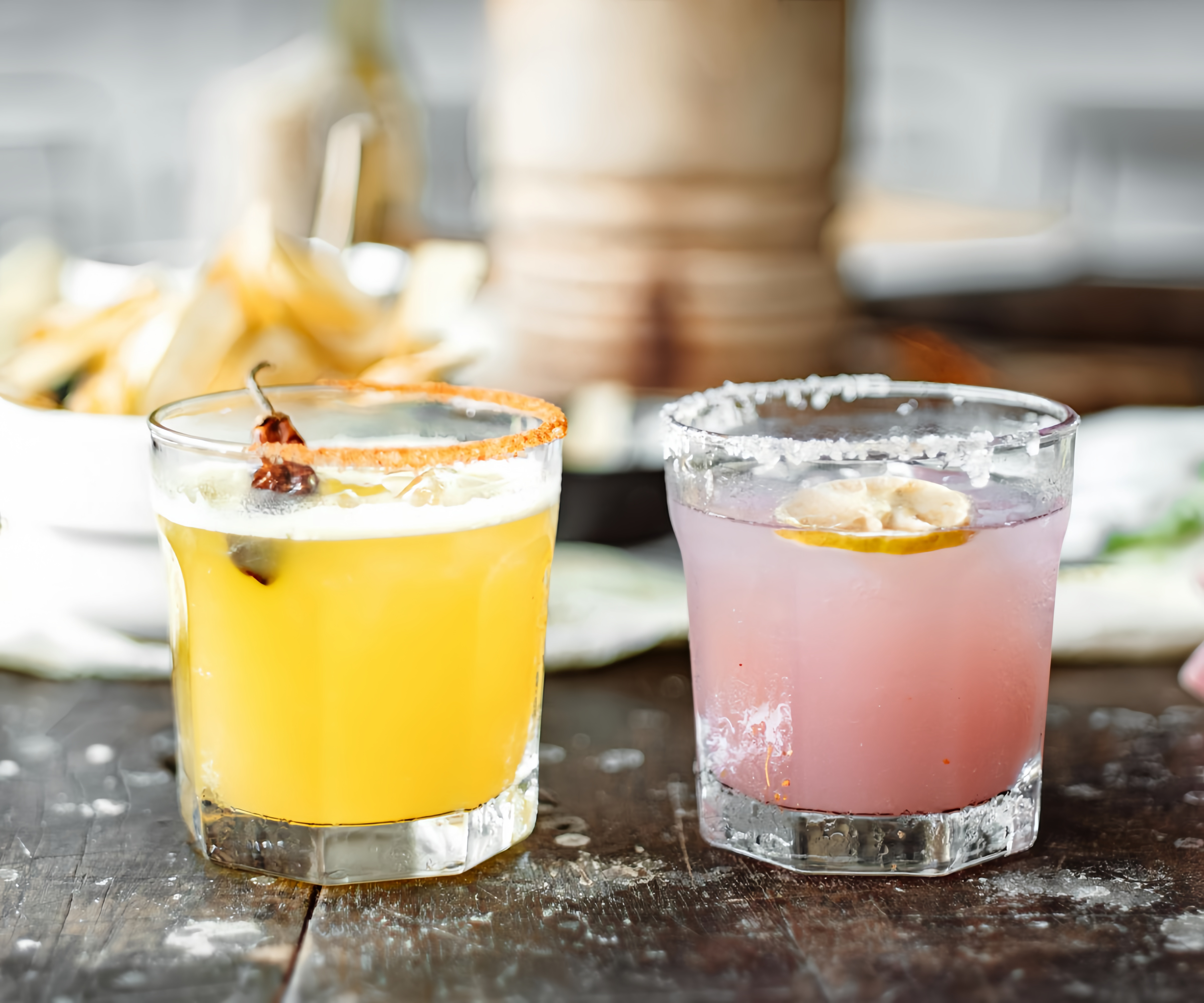Are you looking for low sugar juice recipes? Are you trying to cut down on your sugar intake but still crave something sweet and refreshing? Look no further than low sugar juices! These delightful beverages offer a perfect balance of natural sweetness and nutrient-rich goodness, making them an excellent choice for those seeking a healthier lifestyle.
In this comprehensive guide, we’ll explore the world of low sugar juices, discussing their benefits, how to make them at home, and some delicious recipes to get you started. So, let’s dive in and discover the refreshing possibilities!


Why Choose Low Sugar Juice?
Before we dive into the recipes, let’s talk about why low sugar juices are a wise choice for your health and well-being:
Lower Sugar Content
As the name suggests, low sugar juices contain significantly less sugar than their traditional counterparts. By reducing your sugar intake, you can lower your risk of developing various health issues, such as obesity, diabetes, and heart disease.
Nutrient-Rich
Many low sugar juices are made from fresh fruits and vegetables, which are packed with essential vitamins, minerals, antioxidants, and other beneficial compounds. Moreover, these nutrients can help support overall health and boost your immune system.
Hydration
Juices are an excellent way to stay hydrated, especially during the warmer months or after a workout. Low sugar juices provide hydration without the added sugar often found in sugary drinks or sodas.
Versatility
With an array of fruits and vegetables at your disposal, the possibilities for creating delicious and unique low sugar juice combinations are endless. Furthermore, you can tailor your juices to suit your personal taste preferences and nutritional needs.
Making Low Sugar Juice at Home
One of the best things about low sugar juices is that you can easily make them at home with just a few simple ingredients and basic kitchen equipment. Here’s what you’ll need to get started:
Juicer
A good-quality juicer is essential for extracting the juice from fruits and vegetables. There are different types of juicers available, such as centrifugal, masticating, and hydraulic press juicers. Moreover, choose the one that best suits your needs and budget.
Fresh Produce
Stock up on a variety of fresh fruits and vegetables. Look for produce that is in season and locally sourced for maximum flavor and nutrient content.
Additional Ingredients (Optional)
Depending on your taste preferences, you may want to experiment with adding herbs, spices, or other ingredients to enhance the flavor of your low sugar juices.
Tips for Making Delicious Low Sugar Juice
While making low sugar juices is relatively straightforward, here are some tips to help you create the most delicious and nutritious beverages:
Combine Fruits and Vegetables
For a well-balanced flavor, try combining sweet fruits with tangy or savory vegetables. This combination can help reduce the overall sugar content while adding depth and complexity to your juice.
Experiment with Flavors
Don’t be afraid to try new flavor combinations. Mixing unexpected ingredients can lead to unique and delightful taste sensations.
Use Ripe Produce
Ripe fruits and vegetables tend to be sweeter and more flavorful, reducing the need for added sweeteners.
Add Fresh Herbs and Spices
Incorporating fresh herbs and spices like mint, ginger, or cinnamon can elevate the flavor profile of your low sugar juices.
Adjust Sweetness Levels
If you find your juice too tart or bitter, you can add a small amount of natural sweeteners like honey, maple syrup, or stevia to balance the flavors.
Delicious Low Sugar Juice Recipes
Now that you have the basics covered, let’s dive into some delicious low sugar juice recipes that are sure to tantalize your taste buds:
Citrus Sunrise
Ingredients:
- 2 oranges
- 1 grapefruit
- 1 lime
- 1-inch piece of ginger (optional)
Instructions:
- Peel and slice the oranges, grapefruit, and lime.
- If using ginger, grate or mince it.
- Feed the fruit and ginger (if using) through your juicer.
- Stir and enjoy this refreshing, tangy juice!
Green Goddess
Ingredients:
- 2 cups spinach or kale
- 1 cucumber
- 1 green apple
- 1 celery stalk
- 1/2 lemon (juiced)
Instructions:
- Wash and prepare the spinach or kale, cucumber, apple, and celery.
- Feed the ingredients through your juicer.
- Add the freshly squeezed lemon juice and stir.
- Enjoy this nutrient-packed green juice!
Tropical Twist
Ingredients:
- 1 mango
- 1 pineapple (peeled and cored)
- 1 lime
- 1/2 inch fresh ginger (optional)
Instructions:
- Peel and slice the mango.
- Cut the pineapple into chunks.
- Juice the mango, pineapple, lime, and ginger (if using) through your juicer.
- Stir and enjoy this tropical delight!
Beet-iful Ruby
Ingredients:
- 2 medium beets
- 2 carrots
- 1 apple
- 1-inch piece of ginger (optional)
Instructions:
- Wash and trim the beets and carrots.
- Core and slice the apple.
- If using ginger, grate or mince it.
- Feed the beets, carrots, apple, and ginger (if using) through your juicer.
- Stir and savor this vibrant and earthy juice.
Minty Watermelon Refresher
Ingredients:
- 2 cups watermelon chunks
- 1/2 cucumber
- 1/2 lime (juiced)
- Handful of fresh mint leaves
Instructions:
- Remove the rind from the watermelon and cut it into chunks.
- Slice the cucumber.
- Juice the watermelon and cucumber through your juicer.
- Add the freshly squeezed lime juice and mint leaves.
- Stir and enjoy this refreshing and hydrating juice.
These recipes are just the beginning! Feel free to experiment with different fruit and vegetable combinations to create your own unique low sugar juice blends. Furthermore, the possibilities are endless, and the results are sure to be delicious and nutritious.


Conclusion
Low sugar juices offer a refreshing and healthy alternative to sugary drinks, providing a natural source of sweetness and an abundance of essential nutrients. By following the tips and recipes outlined in this guide, you can easily incorporate these delightful beverages into your daily routine and enjoy their numerous benefits.
Furthermore, remember, the key to making delicious low sugar juices is to experiment with different flavors, use ripe and fresh produce, and balance the sweetness levels to suit your taste preferences. With a little creativity and a high-quality juicer, you can embark on a journey of flavors that will not only tantalize your taste buds but also contribute to your overall well-being.
So, what are you waiting for? Grab your juicer, stock up on fresh fruits and veggies, and start juicing your way to a healthier and more refreshing lifestyle today!
FAQs
Can I store low sugar juices for later consumption?
Yes, you can store low sugar juices in airtight containers or bottles in the refrigerator for up to 2-3 days. However, it’s best to consume them as soon as possible to enjoy their maximum freshness and nutrient content.
Can I add sweeteners to my low sugar juice?
While the goal is to reduce sugar intake, you can add a small amount of natural sweeteners like honey, maple syrup, or stevia if you find the juice too tart or bitter. However, moderation is key to maintain the low sugar profile.
Q: Are low sugar juices suitable for children?
While low sugar juices can be a better option than sugary drinks for children, it’s recommended to limit juice consumption in general and prioritize whole fruits and vegetables for optimal nutrition. Moreover, always consult with a pediatrician or dietitian for age-appropriate guidelines.
Conclusion
Low sugar juices offer a delicious and healthier alternative to traditional high-sugar juices, allowing you to enjoy the refreshing taste of your favorite fruits and vegetables without compromising your well-being. Moreover, by opting for low sugar juices, you can benefit from better blood sugar control, weight management support, reduced risk of chronic diseases, and nutrient-rich hydration.
For more, Click here

